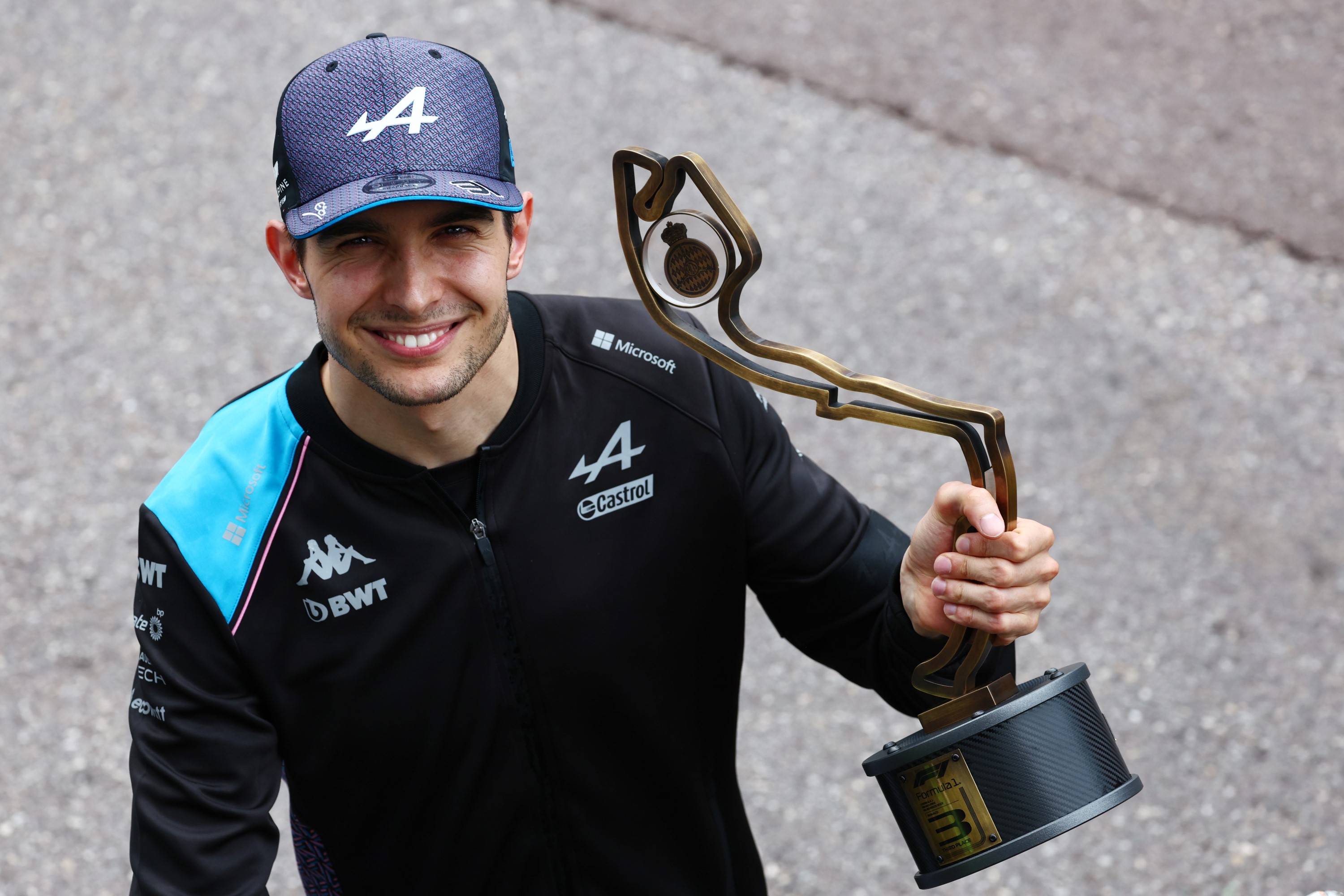Up Next

Formula 1’s popularity boom makes it no surprise that a team has attracted investment from a group of Hollywood celebrities.
The fact it’s Alpine, the team bearing the name of a niche French sportscar with a single modern model that is only just on its way to potentially being sold in the United States, is perhaps a little stranger. If you want to buy into an F1 team, and buy a decent-sized stake in one, even a midfield entry is going to cost you big money nowadays.
It’s all about potential, and clearly the combination of Otro Capital, RedBird Capital Partners and Maximum Effort Investments sees a 24% stake for €200million as good business. But will it be good for the F1 team, too?
Alpine’s identity is just a consequence of how team owner Renault has decided to play its F1 investment, putting the spotlight on the little brand it is trying to revitalise because that is where F1’s global attention can have its biggest benefit.
And given two of the people involved in securing a significant minority stake in Alpine’s F1 team are Ryan Reynolds and Rob McElhenney, co-owners of the Wrexham football club, perhaps the slightly left-field choice with links to a small area in the UK makes a bit more sense.
There’s a fun story to tell with this F1 team, thanks to the duality of having a massive French car manufacturer owner but a provincial English village base that’s rebounding from years of financial neglect. Especially if it becomes a true success again – not just winning races, but returning to being the title challenger it was 20 years ago.
A Disney+ docuseries called ‘Welcome to Enstone’ probably isn’t in the offing just yet, despite the extremely popular Wrexham equivalent that followed the first year of Reynolds and McElhenney purchasing then trying to revitalise the fortunes of the football club based in northern Wales.
While it would be something to see the likes of Reynolds, McElhenny and A-list actor Michael B. Jordan rock up to Alpine’s base in an Oxford civil parish, this Hollywood contingent hasn’t (unlike Reynolds/McElhenney with Wrexham) bought Alpine in its entirety.
So, they have less control for starters. But F1 is quite different to the fifth tier of English football and working out how to tell a story around that is not the work of a moment – especially when F1 has its own Netflix docuseries Drive to Survive to prioritise.
It would be extremely surprising if their knack for mass-appeal storytelling is not utilised to Alpine’s advantage in some way, though. They will find ways to engage with the team’s existing audience, find new fans, and tap into F1’s broader appeal – especially in the US.
But this is just one element of how this investment should be seen as a way to help this team finally achieve its long-promised potential.

Such sales can easily be interpreted as the tentative scoping out of an exit strategy for the controlling party. In this situation, it’s more likely a reflection of the fact Renault does not want to keep underwriting the entire cost of an F1 entry. It wants to find other ways to make it sustainable.
This is no surprise. Renault has long given the impression it wants to reduce the burden on the group and finding ways to justify competing in F1 has felt like a semi-regular challenge. So, selling basically a quarter of the team is probably in its best interest longer term. It’s an argument for continued investment.
“They are going to help us on the monetisation side of the business, so strictly speaking not on the sport side” as Alpine CEO Laurent Rossi explained after the announcement.
“Obviously the people here [Enstone], the people in Viry know what they are doing, they are going to continue doing what they are doing. They are going to help us boost our revenue, hospitality, sponsoring, licencing, merchandising above and beyond what we had planned.”
There is also a short-term gain, purely from a sporting point of view: where the investment will go. It should – must – be reinvested in the team. The owners (well, mainly Renault) need to put their money where their mouth is, because while CEO Rossi was recently at pains to stress the team has not achieved what its investment deserved, this was a short-sighted claim. The team, on its knees a few years ago, remains a work in progress. Enstone is limited in size thanks to the surrounding geography and limited in infrastructure thanks to how far its facilities fell behind the modern F1 standard before Renault repurchased it ahead of the 2016 season (having only sold it a few years before).
“A proportion of that we will re-invest into facilities, into tools, into equipment,” Rossi continued. This is part of a plan that we already launched. So we are simply going to boost this plan, accelerate it even further in the limitations of the cost cap obviously, so this is how it’s going to help us, indirectly, continue on our path.
“The team is moving up, two years ago we were a distant sixth really, we fought against AlphaTauri that was the fifth car but they only had one driver, last year we finished fourth, this year it’s a little bit complicated at the beginning of the season, it’s getting back into order I hope and we can just continue.
“We have a roadmap, it’s progress that you build one step at a time because it takes time to find the people, find the resources to complement our team because our team is slightly smaller than top teams so we are just going to continue growing, expanding up to a point where we have similar structures and the way of doing makes a difference and we believe the way of doing will make a difference because we have expertise here.”

If Alpine’s owners, old and new, don’t turn this into investment on infrastructure and people in Enstone, then it will only support a theory that this team is often treated as a grand marketing exercise with a race team attached to it. Rather than being a race team with a serious ambition of fighting for championships.
Aligning with A-list backers gives Alpine more than just money. It’s a massive opportunity to build the brand, build its F1 audience, attract new partners, and make the team more successful – all while shoring up its future by reducing the financial burden on a majority owner with a flaky history.
This must be translated into tangible benefits, so the team doesn’t just become the sideshow to something else.




